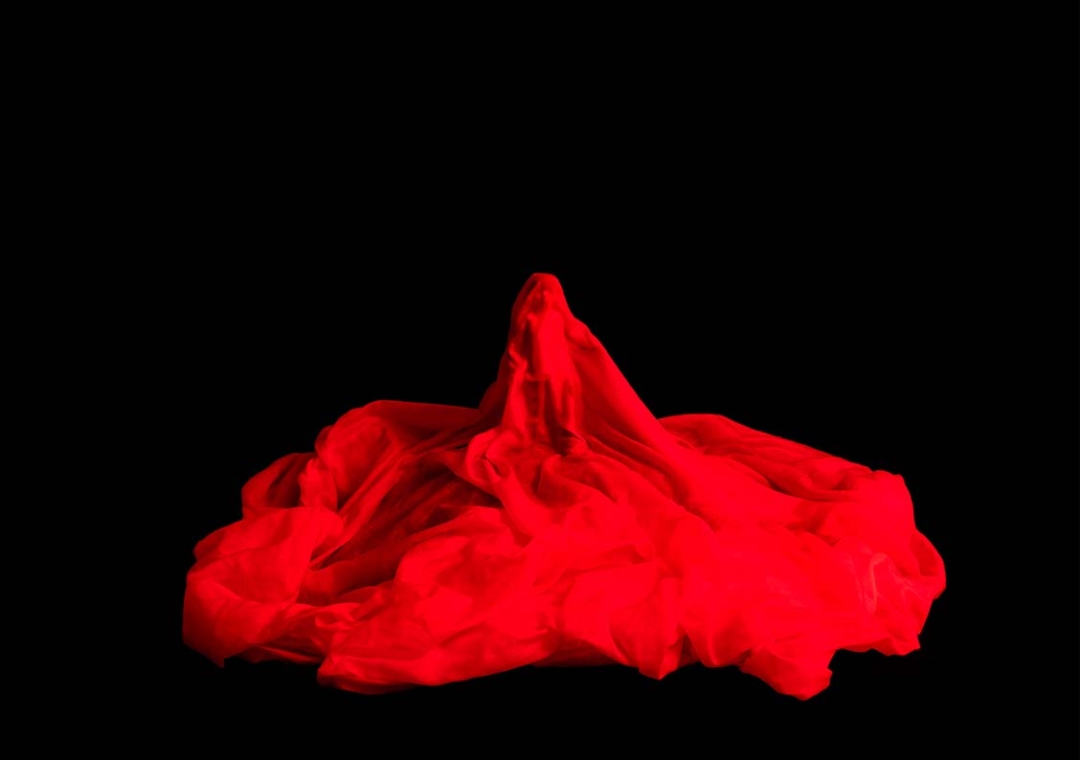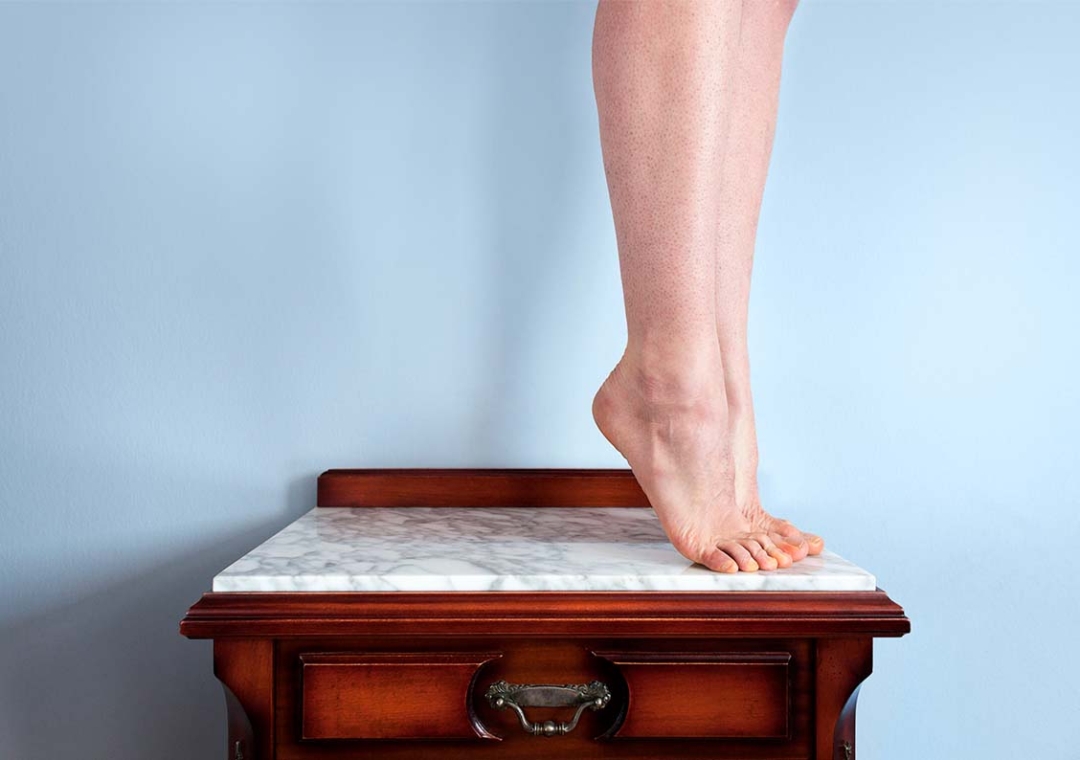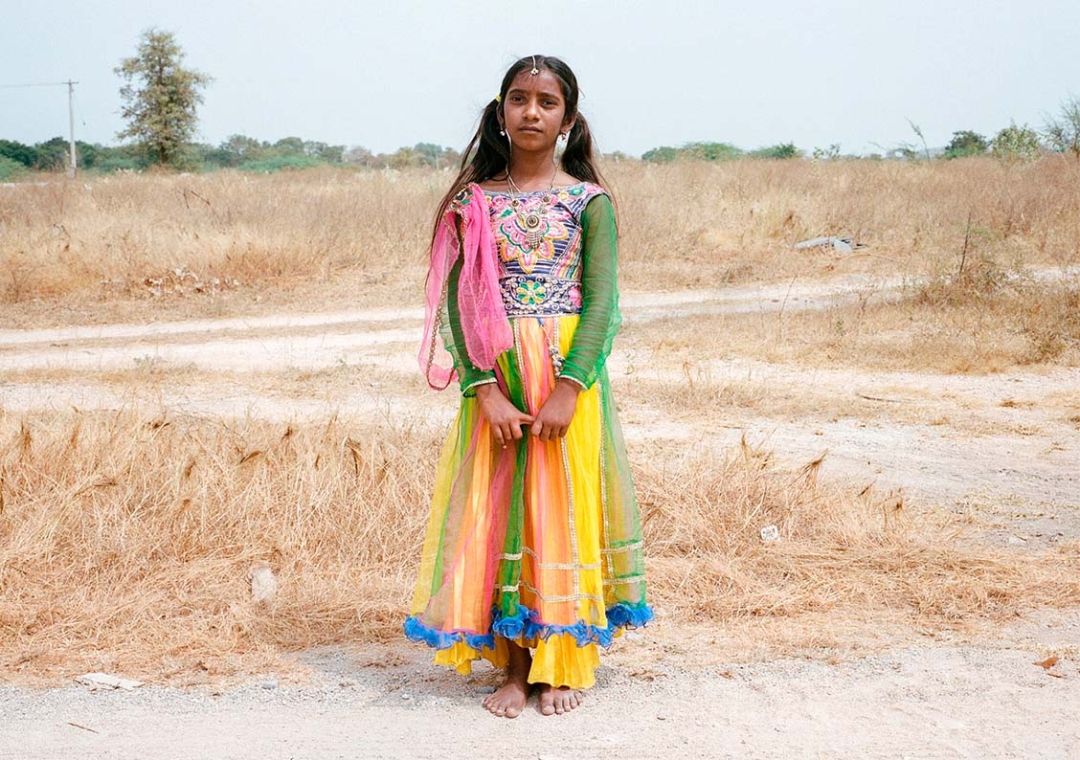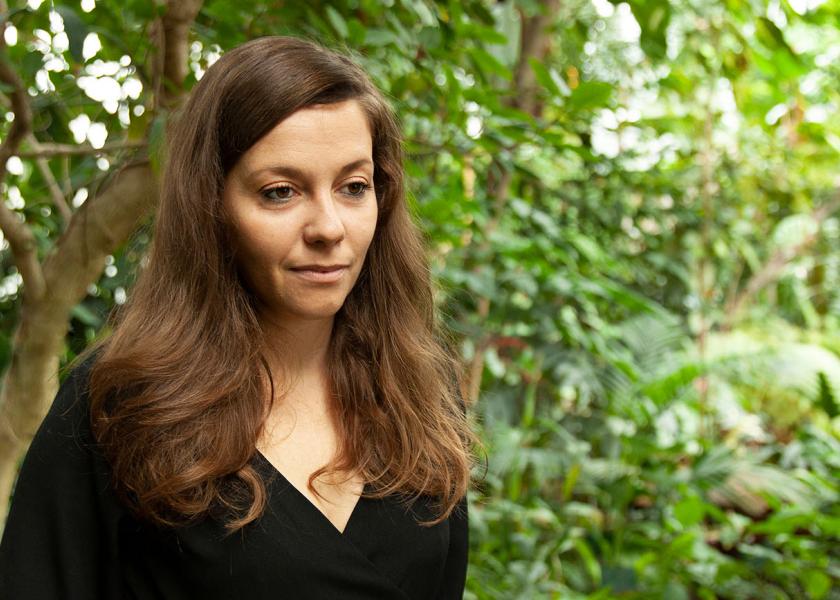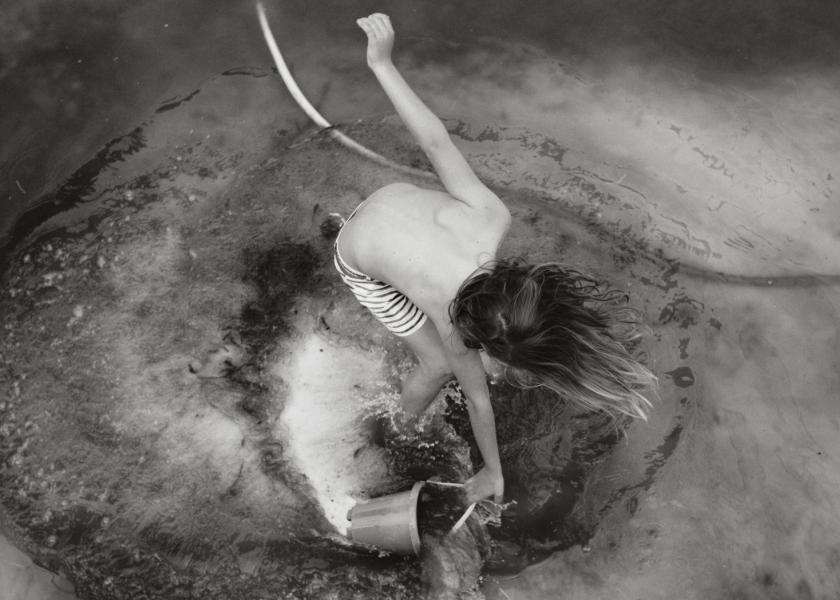Beatriz Polo
Photography as therapy
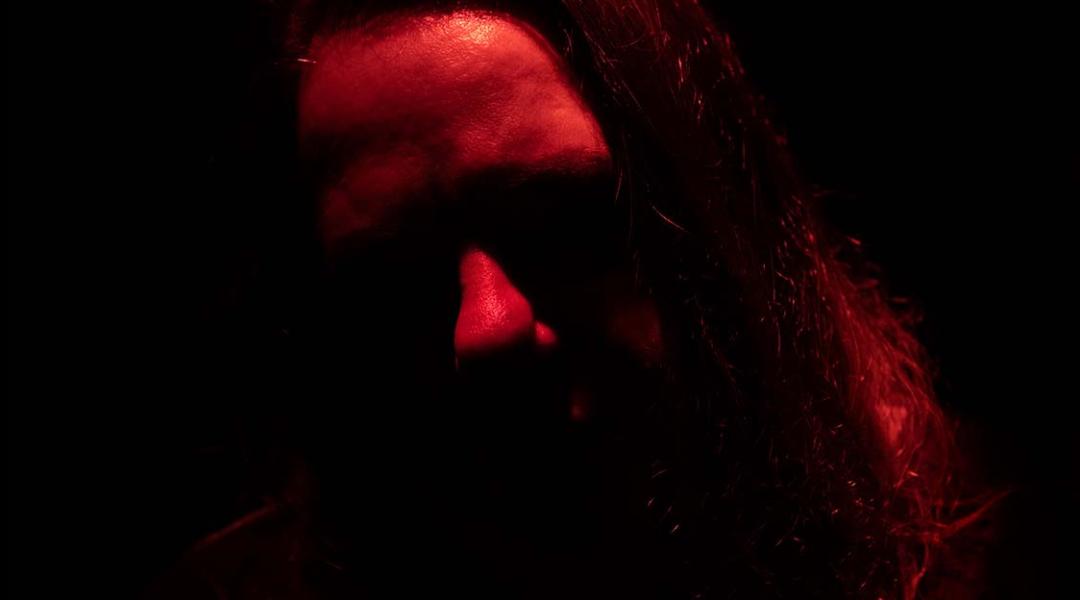
Photography as a means to express what can’t be explained in words or, as therapy, to overcome pain and grief while raising awareness about hushed-up topics, like perinatal bereavement. This is the work of Beatriz Polo who, after a career focused on intimist and symbolic photography, takes a leap and bets on artificial intelligence as a new photographic tool.
“When Graciela Iturbide’s daughter died, she photographed birds. I don’t know what to photograph. Your father looks after me, if only you’d met him, Laia, he’d have loved you unconditionally.” This is how photographer Beatriz Polo (Mallorca, 1976) expresses herself in her project Nasciturus, on perinatal bereavement and loss, one of the bravest and most innovative approaches within the field of contemporary photography. This visual artist, a finalist of the 18th Roberto Villagraz Photography Scholarship in 2020, uses her camera as a lifeline to build stories about dreams, loss, and overcoming. Her work has been exhibited at the Triennial of Photography Hamburg, The Royal Photographic Society in Madrid, and the MIA Photo Fair in Milan.
When did you become interested in photography?
I first came into contact with photography at the Faculty of Fine Arts in Granada when I became hooked on analogue and lab work. Then I was given a Séneca Grant and I decided to continue with this discipline in Bilbao. My more artistic side, figurative drawing, was also inspired by the photos I took. And now I focus on planned and staged photography; I still draw sketches and outlines on which I base my photographs, blending both languages.
Which female photographers inspire you?
I always mention Graciela Iturbide: her black and white photographs and her delicate and sensitive approach to people. Laia Abril is amazing and Marina Núñez has a more technological side. The Kinderwunsch project, by Ana Casas Broda about her motherhood, is also inspiring. And I’d say more: Rinko Kawauchi is one of my favourites, Shirin Neshat, Nan Goldin, and Elina Brotherus.
“Art has always been a way to express what I couldn’t explain in words”
How would you define your photographic talent and how has it evolved?
I don’t have a particular reasoning: I’m quite shy and introspective, so art has always been a way to express what I couldn’t explain in words. Although I’ve also worked on documentary projects, I identify more with those that reflect my inner world.
You say that you plan out your work, do you think technique or intuition carries more weight?
There’s a free and intuitive part where you have to go with the flow. But I’m extremely methodical when building an image: the lighting, the models, the composition. In the 21st century, a project needs a concept behind it, not just an interesting image. You have to gather information and delve deeper. Many think that an artist is born by divine intervention, but a work of art isn’t created from nothing. People don’t become artists just like that: it’s a profession and there’s a lot of work, discipline, and effort behind it.
Have you ever doubted if that effort was worth it?
I live off teaching, that’s what pays the bills, although I’d love to focus exclusively on photography. Sometimes I ask for unpaid leave to carry on learning or finish photography projects, like Los que van y vienen [Those who come and go] or Women Empowerment, which involved travelling. A photography project can take years of research and experimenting, how do you support yourself during that time? Being an artist, a photographer in this case, in Spain means living with insecurity, but it’s always worth it.
In one of your projects, you photograph Indian women from a different point of view: empowerment. How did these photos come about?
It’s one of the few documentary projects I’ve done, in collaboration with Fundación Vicente Ferrer. I was deeply impressed by the work they do with girls, teens, and women in Andhra Pradesh and Telangana, in the south of India, giving them grants to study or play sports. These girls are in extremely tough situations, in a society that doesn’t value them, but with so much physical and mental strength! I tried to reflect their empowerment through my photography. I met women who, by purchasing a plot of land to farm on and taking the reins of the family economy, could avoid violence within their own marriage.
In your pieces, you talk about desire through migrations, loss, dreams... Is there an autobiographical element within this common thread?
Yes... but subconsciously. For example, Los durmientes [The sleepers] came from my father’s illness and seeing him, and so many other people, sleeping in hospitals. The L’illa [The island] photograph series reflects a moment of change in my life, I left my island (Mallorca) to study the PhotoEspaña Master’s in Madrid. Then I took my life savings and travelled for eight months to develop Los que van y vienen [Those who come and go], which reflects the stories of Spanish emigrants that left due to the 2008 recession.
Your most recent work, Nasciturus, also reflects a personal experience.
Nasciturus came about after two years of not working or being productive, due to personal circumstances. I spent a long time without picking up my camera, thinking about what had happened to me... I believe there are a lot of women who, like me, have felt like mothers and have experienced bereavement due to losing an unborn child. A whole generation of women who’ve delayed motherhood for different reasons is in this situation.
“Many think that an artist is born by divine intervention, but a work of art isn’t created from nothing”
How do you feel when you use your talent to raise awareness about this situation?
For me, it feels therapeutic. When I realised that so many women around me had gone through the same thing and were feeling the same uncertainty about motherhood at an older age, suffering natural abortions and experiencing silent bereavement, I realised that it was a taboo subject, made invisible by society. My idea is to reflect on the role technological processes play in fertility and the need for an image to overcome grief.
And how do you transfer this reflection to photography?
The project is still ongoing, and the goal is to build an image of a fictional child through artificial intelligence, creating Generative Adversarial Networks (GANs) that can generate photorealist images. First, we train a neural network through an image database of fathers, mothers, and biological children, and then we create an algorithm to obtain an image of the fictional child, it’s a way of “giving them a face”. Another part of the project, A Laia. Álbum para una hija no nacida [To Laia. Album for an unborn daughter], consists of images that are metaphors of my own grief. I use the colour red to talk about fertility, and blue reflects a family project that might have been. The last part of Nasciturus will consist of an audiovisual database of women who’ve suffered perinatal loss. If anyone wants to share their story or family photos of parents and children to train the neural network, I’d greatly appreciate it if they’d get in touch with me.
